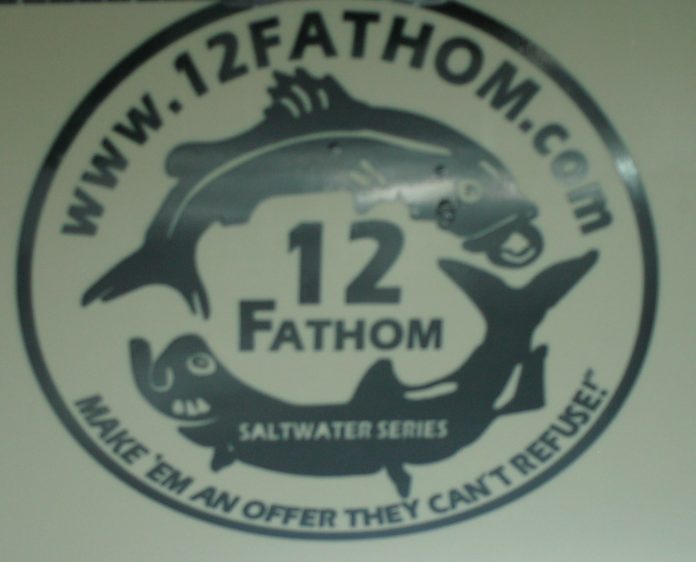So many people: Don’t do it right. If you want to catch fish, rig up your lures correctly. Period. Not crooked. Not upside down. Rig them straight so they swim straight. Pretty simple: To be successful in anything in life you need to do it right. So many times people show up with their own equipment for a charter and I see part of the problem: Their lures aren’t rigged right. Make this change. Catch more fish.
For the soft plastic users, this will help. The rigging, technique is more important than most people realize. While you are learning it, take your time. Too fast, tears around the nose of the bait. Proper rigging, fish will not pull the plastic down off the collar. How? “Massage it on”. Don’t force it on. If you rip the plastic at the nose of the bait it is not going to stay on the collar of the jighead. If you slowly massage the plastic onto the collar the plastic forms around the collar and the bait will stay on just fine.
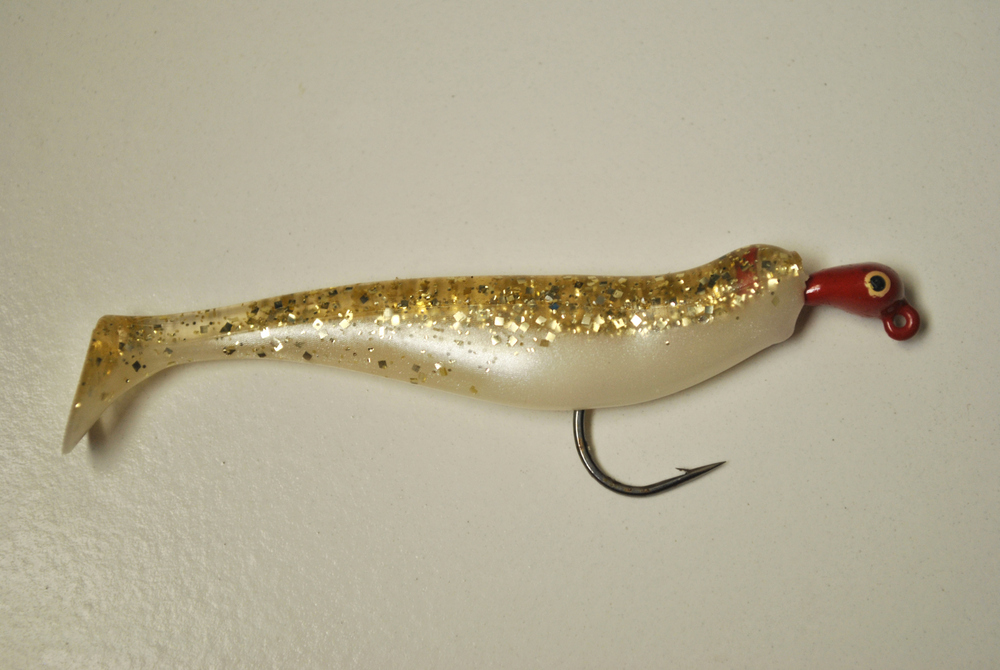
Slow and smooth with the right grip, “backbone the jighead” through the center of the plastic. Straight rigging, the hook should cut through the center of the plastic bait. Let the hook cut through the center of the bait and then poke the hook out in the appropriate location. Need help with that? Hold the bait up against the jighead before you start and you will see where the hook should come out.
The hook of a jighead should be the opposite of the paddle tail. The jig swims with the hook facing up and the swimming action of the thumping paddle tail is designed to face down. This is just the way it is. Mel’s original web site he used this one photo where the lure was rigged upside down. He knew it. He thought it was funny.
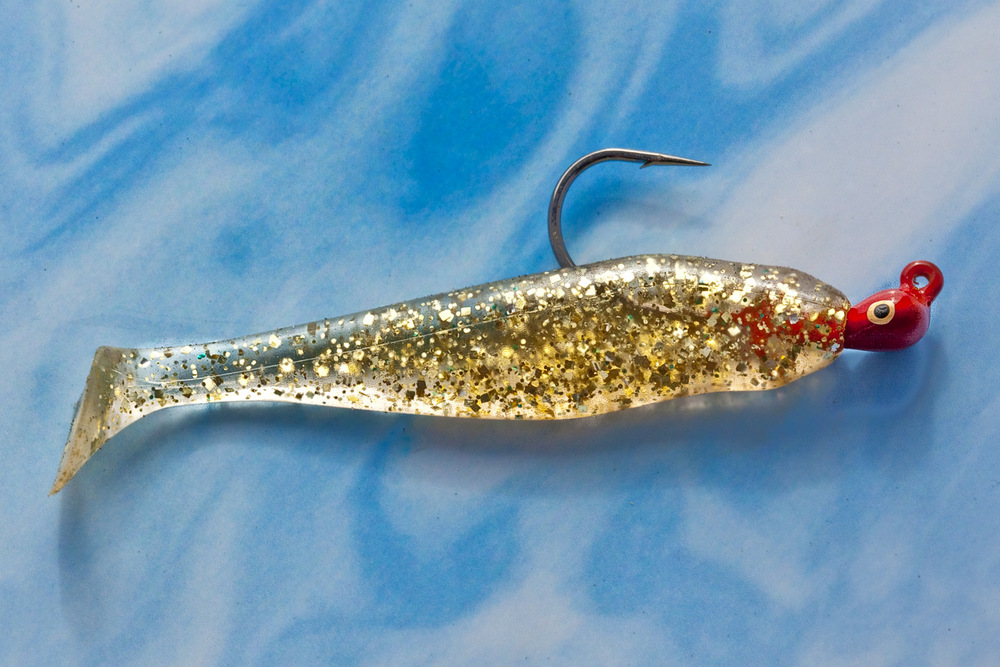
“I have a problem putting soft plastics on jig heads. I cannot seem to consistently put them on straight or gauge the depth to insert the hook shank to ensure the tip of the soft bait is flush against the jig head and the bait is parallel to the shank. Is there a method or “trick” I can use to improve my consistency? I usually ruin one or two plastic baits to get one on the jig head correctly. “
Gary Herr, St. Petersburg
Particularly with lighter jig heads, when they are not rigged straight, they’re not going to swim properly, thus reducing the number of strikes.
1) Visualize the finished lure. Take your plastic tail and hold it up next to the jig head. Look where the hook should ideally protrude from the bait. Remember that spot.
2) Feed the tail onto the jig head. With the jig head in one hand, firmly squeeze the plastic bait with the thumb and forefinger of the other hand around the sides near the “head” of the bait. Poke the point of the hook into the end of the bait. Slowly and smoothly feed the hook of the jig head through the center of the plastic and let the hook pop out of the plastic at the point you memorized. The hook going through the center of the plastic tail is what I call “backboning.” The jig head hook should be perfectly centered like the spine of a baitfish.
3) Adjust the lure. Gently slide the plastic tail up to the “collar” of the jig head. The collar is the molded part of the jig head that locks the soft plastic in place. With the thumb and forefinger again firmly positioned near the head of the plastic bait, “massage” it over the collar slowly to minimize the trauma to the plastic and eliminating air going into the bait.
4) Done properly, the baits will swim straight. It also allows the potential for multiple uses of a single plastic tail. By massaging the plastic baits onto the collar, anglers can gently back the plastic off later if they want to try another style or color.

Hard baits and spoons there is no rigging issues. It is a straight “tie it on” scenario. You make sure the leader doesn’t get wrapped on the top hook while fishing and you are good to go.
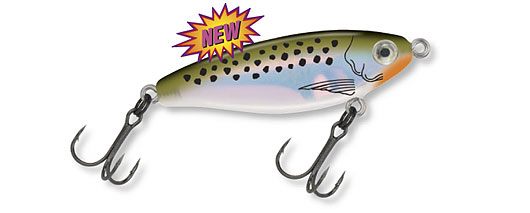
Utilization of a loop knot: I use one most of the time. With topwater lures and other bulky hard baits it isn’t necessary. But I still do it. A loop knot is the easiest knot there is. Use it for most of what you do: Your lures perform better in the water-you catch more fish. That is a fact.
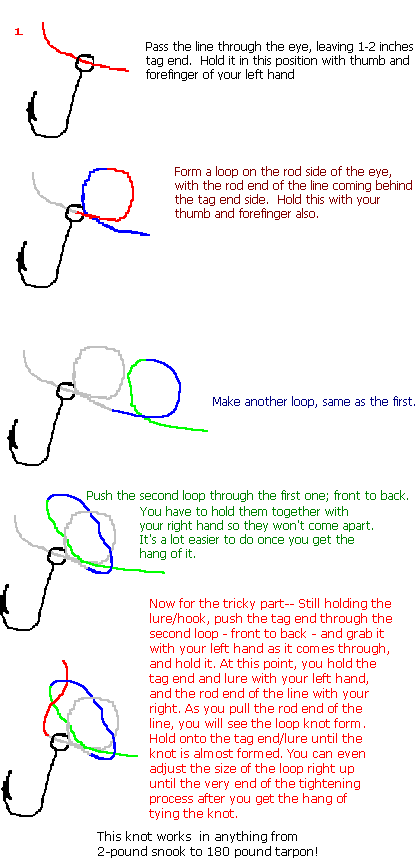
Lures are the way I do it. I fished bait in January for the first time in five years. I hated it. When people use lures with me, they are rigged right. Because of that it takes very little to get people into action on my trips. Properly rigged lures makes it much easier.
Upside down. Bad. Crooked: Bad. I would contend that “close to right” is good. You rig a lure 90% right the action is probably a little better than if it is perfectly straight. My opinion.
Rigged right, things just work better. There is no way around it. If you don’t know, ask someone. But find out. Don’t not catch fish because you aren’t doing it right. 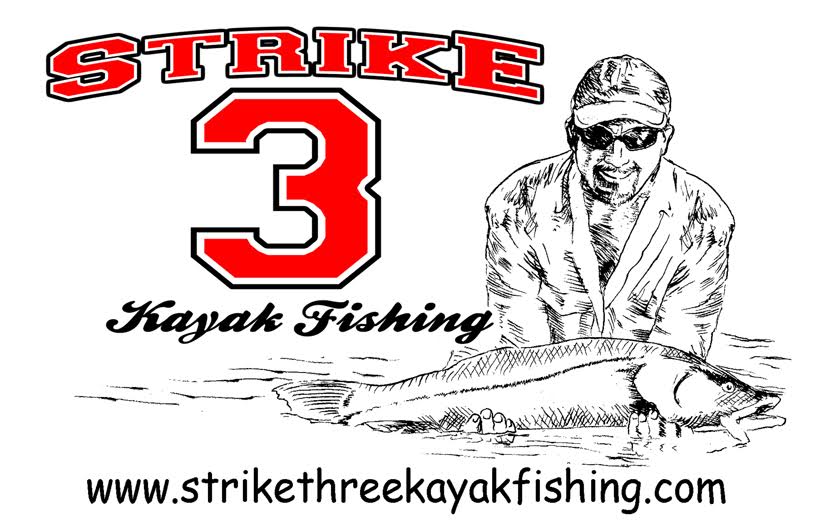
- The Neil Blog… - July 26, 2023
- The Catfish - July 26, 2023
- update - July 22, 2023
